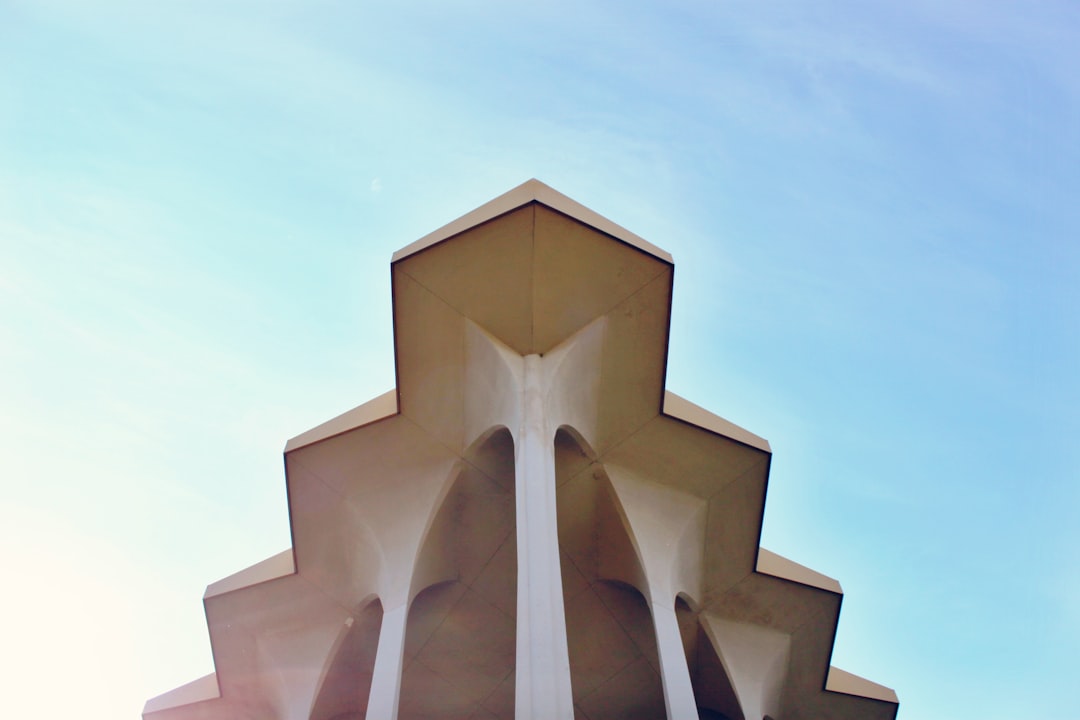What is it about?
X-ray diffraction moire images of a silicon bi-crystal, which is assumed to have an interspacing gap between two crystal plates and be weakly curvature-strained, are computer-simulated over a wide range of crystal thickness and the angular spread of incident wave, according with practical experimental conditions. Along with the simulation of moire images, local variations of characteristic quantities of the moire images, such as the mean image intensity, amplitude of intensity oscillation in the fringe pattern, fringe contrast, etc., are graphically presented for theoretical explanation of the moire images.
Featured Image

Photo by mana5280 on Unsplash
Why is it important?
In the study of X-ray diffraction moire images, satisfactory theory of moire images which helps the exact and detailed understanding of observed moire-fringed images had not been given so far. In answer to this situation, the author performed a full theoretical study of moire-fringed images produced from a bi-crystal specimen (i.e., a two-crystal system), and had reported the results in a series of papers in 2015-2020. In the first paper of them (Yoshimura (2015), Acta Cryst. A71, 368-381; Acta Cryst. A75 (2019), 652-654), a theoretical description of moire interference is given on the basis of dynamical diffraction theory of plane wave. The bend of moire fringes influenced by Pendelloesung intensity oscillation due to a curvature in the specimen is analyzed in detail, and in connection with that analysis it is shown that the interference phase in the wave field develops extensively beyond the range [-pi, +pi]. Furthermore, it is noted that the pattern of crystal moire fringes is essentially a two-dimensional pattern produced by the phase difference between the inner facing surfaces (in the case of bi-crystal moire), and based on this idea the well known A. R. Lang's (Lang (1968), Nature 220, 652-657) observation on appearance and disappearance of moire dislocations are successfully explained. In the second of the series of papers mentioned, i.e., in the paper taken up in this Showcase, moire-fringed images produced from a bi-crystal specimen assumed to have a curvature strain and an interfacing air-gap, as described above, are computer-simulated on the assumption of practical experimental conditions with finite angular spreads of incident wave. In the third of the series of papers (Yoshimura (2020), Acta Cryst. A76, 503-520), moire images simulated by the theory are confronted with corresponding experimental images, to support the correctness of the present moire theory. Additionally, in the observation of experimental moire images, some noteworthy peculiarities of fringe profiles, such as strongly asymmetric profiles and pointed-top profiles, as well as the occurrence of fine subsidiary fringes superposed on main moire fringes, were observed. These abnormal peculiarities seem to be beyond the treatable limit of ordinary diffraction-optics theory, meaning a discovery of new characteristics of X-ray diffraction moire fringes.
Perspectives
This theoretical work of the series of papers would stimulate the advance in the science and technology of X-ray moire fringes.
Dr Jun-ichi Yoshimura
Read the Original
This page is a summary of: Theoretical study of the properties of X-ray diffraction moiré fringes. II. Illustration of angularly integrated moiré images, Acta Crystallographica Section A Foundations and Advances, June 2019, International Union of Crystallography,
DOI: 10.1107/s2053273319004601.
You can read the full text:
Contributors
The following have contributed to this page










